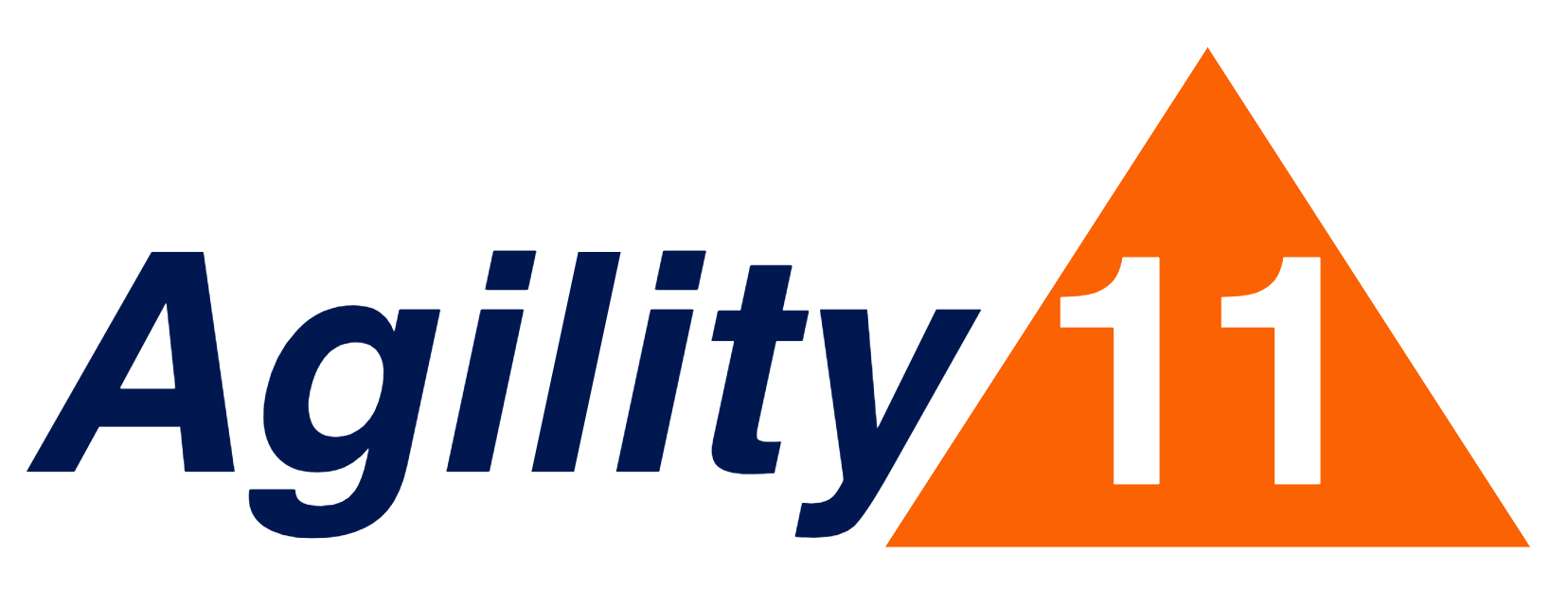Structure & Clarity: Keys to Team Performance #3
This is one installment in a series of articles exploring the top five factors in team performance as identified in Google’s extensively-researched Project Aristotle. This post is about factor number three: Structure & Clarity.
Here is a recap of those five factors, in order of importance:
Psychological Safety (blog post here)
Dependability (blog post here)
Structure & Clarity
Meaning
Impact
Photo by Peter Addor under a Creative Commons license.
Google defines ‘structure and clarity’ as “an individual’s understanding of job expectations, the process for fulfilling these expectations, and the consequences of one’s performance.”
One challenge is to define job responsibilities without sacrificing the focus on team goals. You need both: clear role accountabilities AND team/product goals.
A pitfall of some approaches to roles and responsibilities is that they are (a) too rigid and (b) too granular. Rather than defining the low-level responsibilities (e.g tasks) for each role, step back a level and define the accountabilities of each role. This avoids micromanagement. You might also identify other roles which are contributors to each accountability. A full RACI matrix might be overkill, but the ‘AC’ portion of RACI, at the right granularity, might be just right.
An example: The Product Owner is accountable for refining user stories to the right size and level of detail to allow for smooth development. Contributors: Testers, Developers, UI Designer.
Individual role accountabilities need to be channeled toward a shared team goal. OKRs (when done well) can be an effective way to clarify goals at every level in the organization. The book Measure What Matters by John Doerr shows how to do OKRs right. A long-term Product Vision (a.k.a. Product Goal) helps keeps teams focused on having an impact. A well-defined Sprint Goal provides short-term focus on valuable outcomes which contribute to the long-term vision.
In summary, to achieve Structure & Clarity, you need both role accountabilities and a shared team goal.

